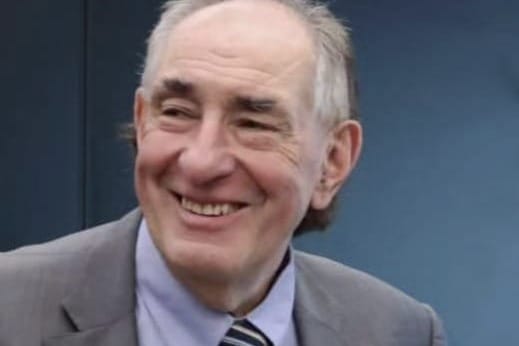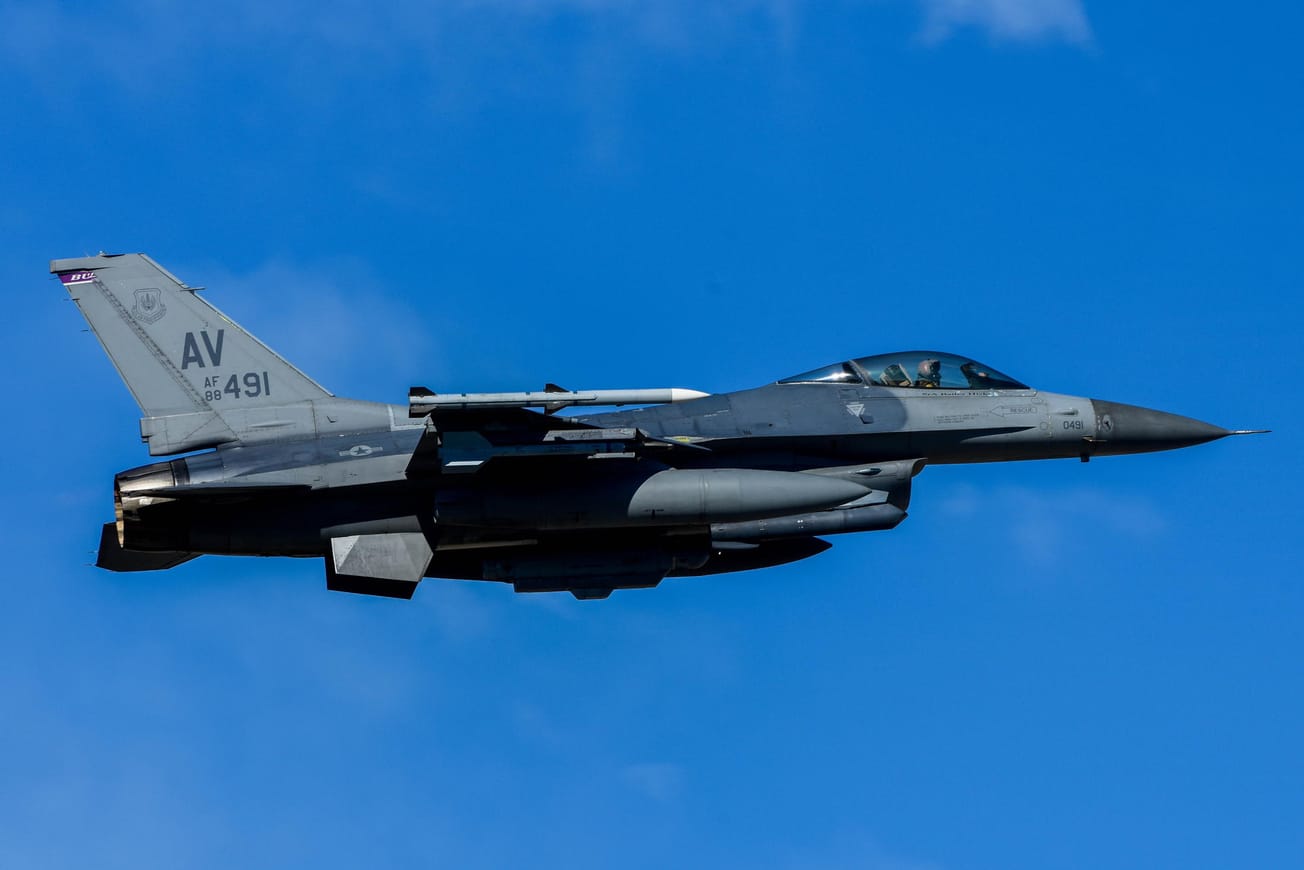“An Anniversary the West Would Rather Forget” is how M.K. Bhadrakumar, India’s former Ambassador to Uzbekistan and Türkiye, titled a commentary, published January 17, on the 80th anniversary of the January 27, 1944, lifting of the siege of Leningrad by the Soviet armed forces. The siege of Leningrad, now St. Petersburg, lasted 872 days, and was one of the longest and most brutal in history. “The epic siege of Leningrad was the longest endured by any city since Biblical times, and, equally, citizens became heroes—artists, musicians, writers, soldiers and sailors who stubbornly resisted the iron from entering their souls….
“It was on June 22, 1941 that the German armies crossed the Russian frontiers. Within six weeks, the Army Group North of the Wehrmacht, armed forces of the Third Reich, was within 50 km of Leningrad in a fantastic blitzkrieg, and had advanced 650 km deep into Soviet territory.” American war correspondent Harrison E Salisbury, author of the book The 900 Days: The Siege of Leningrad who was interviewed in the summer of 1982 in St. Petersburg, reflected, “you see, by the time this 900 days were over, no one knows how many people in Leningrad had died. It may have been—and was surely 1 million people. It may have been 1 million three (hundred thousand) 1 million four, 1 million five. When I first saw the city in January in 1944, there were people in Leningrad who thought 2 million people had died, but nobody to this day knows.
“You can’t imagine that number of people dying in the city, a city which had had a population when the war started of 3 million, three hundred thousand. You see, this means that almost half the people of the city had died. Imagine living in Chicago or New York and half the people of that city die in, actually in a few months, because most of the deaths occurred in November 1941, December ‘41, January ‘42, February ‘42, March and April of ‘42. They were months of horror of the kind that I simply can’t—I tried to describe them in The 900 Days, but they are beyond me. They’re beyond anyone’s ability to talk about it, really.
“So we went today to the Piskarevskoye cemetery, where an unknown number of these bodies have been gathered—they say 450,000, there may be 600,000—nobody knows. Because, these were bones, and remains of people which were, and had to be scooped up by any possible means at the end of the siege… They were stacked higher than buildings at the entrance to cemeteries, around hospitals, just inside streets, they were in houses, they were in apartments, they were everywhere, because nobody had the strength to move them.… And so they are there, and nobody knows the names, or who is in one place or another, they’re buried in great trenches; you don’t see them. Now the ground is all covered with beautiful grass and lovely, red flowers, and I think, a striking war memorial.”
After Leningrad had been encircled in the fall of 1941, the Nazis intended to exterminate its population entirely. Adolph Hitler, in a secret order titled “The Future of Leningrad,” stated, “after Soviet Russia has been defeated, the further existence of this population center is of no interest. In this war for existence, we have no interest in keeping even part of this great city’s population.”
MK Bhadrakumar wrote, “Simply put, the population of Leningrad was left to starve to death—much like the millions of Soviet prisoners of war held by the Wehrmacht. The historian Jörg Ganzenmüller later wrote that this form of mass murder was cost-effective for Berlin, for, it was ‘genocide by simply doing nothing.’
‘Genocide by doing nothing!’ Those chilling words are as well applicable today to the West’s ‘sanctions from hell’ with an ulterior agenda to ‘erase’ Russia and carve out five new states from its vast landmass with fabulous resources that can be subjugated by the industrial world.”
On January 27, President of the Republic of Belarus Alexander Lukashenko, speaking after Russian President Vladimir Putin at the 63,000-seat Gazprom Arena memorial concert dedicated to the victims and heroes of the Leningrad 900 days, said: “There is no example in the world comparable to the feat of Leningrad residents. Having overcome hunger, cold, thirst, having survived endless deaths of relatives and friends, they preserved their humanity.
“The fate of each of them is a story of spiritual achievement. We know this history from the memories of eyewitnesses, archival footage, newsreels and newspaper articles of those years. We understand, reread, remember, revise, and look for answers to the questions that time puts before us, questions that are complex and fundamental. We try to solve these questions even today.
“The most important of them is the preservation of the truth about that war. This truth demonstrates the depth of the moral and ethical fall of those who came under the banners of Nazi Germany. It casts a black shadow over many Western European countries. That is our truth. But it is not a question of enmity with their peoples. We, the heirs of the victors, oppose the ideology of Nazism, which plagued the Germans, the French and many, many other peoples…”
Speaking of the Piskarovskoye Memorial, Harrison Salisbury warned in 1982: “on the granite wall behind a figure, which I suppose is, I don’t know, Mother Russia, Mother Heroine, or whatever it is supposed to be, there are carved some words, and the words which I think are the most striking of all, are the words: let no one be forgotten, and let no one forget what happened here. And..I don’t think anyone has been forgotten, and I hope that no one will ever forget what happened in Leningrad, what happened as a result of a merciless war. The stupidity of men, the stupidity of leaders, the vanity of leaders, these men who thought that they could move their nations and win, world renown, and world glory. And what happened? They killed people. That’s what was the only result, they killed people….”





